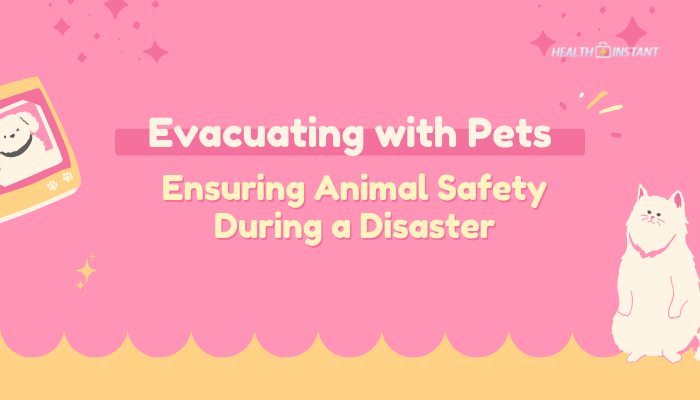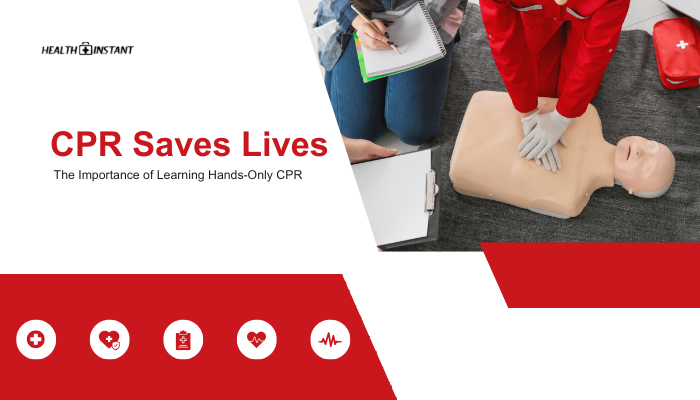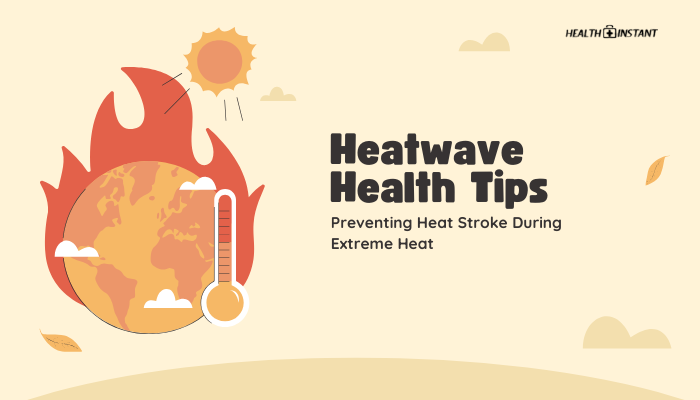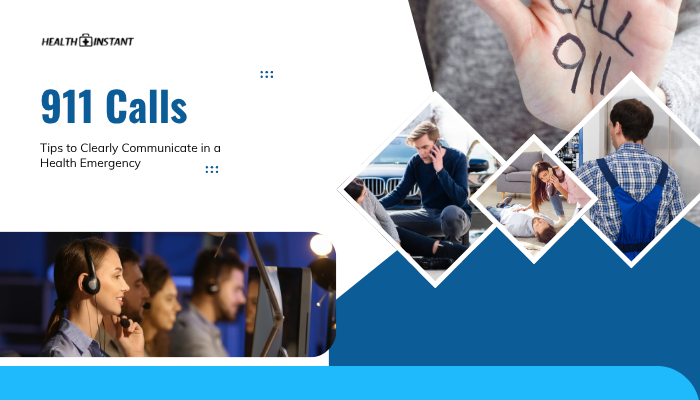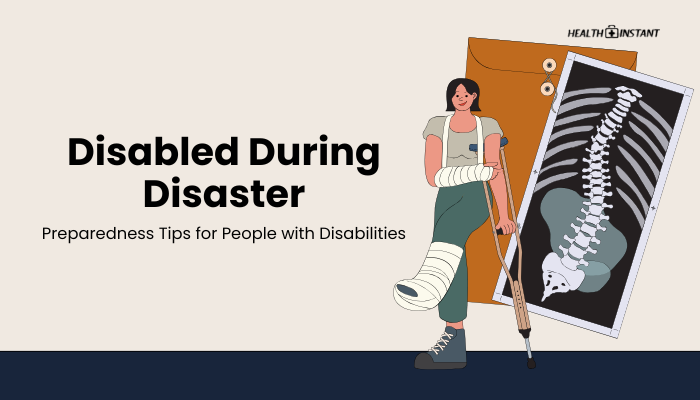Introduction
In the chaos of a disaster—be it a wildfire, hurricane, or flood—pets are often vulnerable if owners are unprepared. Having a plan for your furry (or scaly, or feathered) friends ensures you can evacuate smoothly, keep them safe in emergency shelters, and reunite without undue stress. This guide outlines essential steps to pack, transport, and care for pets during crises, minimizing trauma and confusion for everyone involved.
Pre-Disaster Preparation
Microchipping and Identification
- ID Tags: Ensure collars have up-to-date tags with your phone number or email.
- Microchip: This permanent, scannable ID drastically improves the chance of reuniting if separated. Update registration information whenever you move or change phone numbers.
Emergency Go-Bag for Pets
- Food and Water: At least a three-day supply per pet, plus collapsible bowls.
- Medications: Include a sufficient stock of prescription meds, plus a copy of prescriptions.
- Leashes and Carriers: Label them with your contact info.
- Comfort Items: A favorite toy or blanket can help soothe anxious animals.
Vaccinations and Health Records
- Vet Records: Keep printed or digital copies of rabies certificates, vaccination history, and medical notes.
- Photos of Your Pet: Handy for identification if you get separated.
Evacuation Planning
Finding Pet-Friendly Shelters
- Research in Advance
- Some public shelters restrict animals due to health regulations.
- Identify hotels or family/friends’ homes that permit pets.
- Some public shelters restrict animals due to health regulations.
- Local Resources
- Check with your community’s disaster management or Red Cross for pet-friendly options.
- Keep a list of emergency boarding facilities or animal shelters.
- Check with your community’s disaster management or Red Cross for pet-friendly options.
Transport Crates and Carriers
- Crate Train
- Pets accustomed to carriers stay calmer during abrupt travel.
- Pets accustomed to carriers stay calmer during abrupt travel.
- Label with Info
- Pet’s name, your name, phone number on each crate or harness.
- Pet’s name, your name, phone number on each crate or harness.
Safe Vehicle Travel
- Secure the Animal
- Cats in carriers, dogs in seatbelt harnesses or crates.
- Cats in carriers, dogs in seatbelt harnesses or crates.
- Frequent Breaks
- If feasible during long evacuations, allow water and bathroom breaks.
During the Evacuation
Keeping Pets Calm
- Stay Composed
- Pets sense your stress. Calm reassurance eases their anxiety.
- Pets sense your stress. Calm reassurance eases their anxiety.
- Maintain Familiar Items
- If possible, keep the same bedding, toys, or treats to comfort them.
- If possible, keep the same bedding, toys, or treats to comfort them.
Maintaining Routine if Possible
- Feeding Schedules
- Try giving food and water on regular patterns.
- Try giving food and water on regular patterns.
- Exercise
- Short walks or mental stimulation tasks (like a toy with treats) help keep them occupied.
- Short walks or mental stimulation tasks (like a toy with treats) help keep them occupied.
Handling Multi-Pet Households
- Separate Carriers
- Each pet in its own crate to prevent fights or panic.
- Each pet in its own crate to prevent fights or panic.
- Assign Family Duties
- If traveling with multiple humans, designate who manages each pet.
Return and Recovery Post-Disaster
- Check Home Safety
- Inspect for debris, broken glass, or chemicals before letting pets roam.
- Inspect for debris, broken glass, or chemicals before letting pets roam.
- Routine Vet Checkup
- Post-disaster stress can lower immunity; ensure they’re healthy.
- Post-disaster stress can lower immunity; ensure they’re healthy.
- Behavioral Changes
- Some animals show anxiety or aggression after traumatic events. Offer extra patience, or consult a trainer or vet.
Conclusion
Evacuating with pets requires advance planning—beyond just loading them into the car. By assembling a pet-focused go-bag, identifying pet-friendly shelter options, and training them for carriers, you reduce chaos during a real emergency.
During the crisis, remain calm, provide security, and rely on your preparation. A comprehensive plan prioritizes both human and animal well-being, ensuring a safer transition back home once the disaster subsides.
References
- American Red Cross. (2020). Pet emergency preparedness guidelines.
- Centers for Disease Control and Prevention (CDC). (2021). Evacuating with household pets during disasters.
- Federal Emergency Management Agency (FEMA). (2019). Planning for pets and livestock in emergencies.
- ASPCA. (2021). Disaster readiness for animals: key steps.
Disclaimer: This content provides general guidelines and doesn’t replace professional advice. Always follow your local authorities and veterinarian’s recommendations regarding pet care and evacuation in emergencies.

